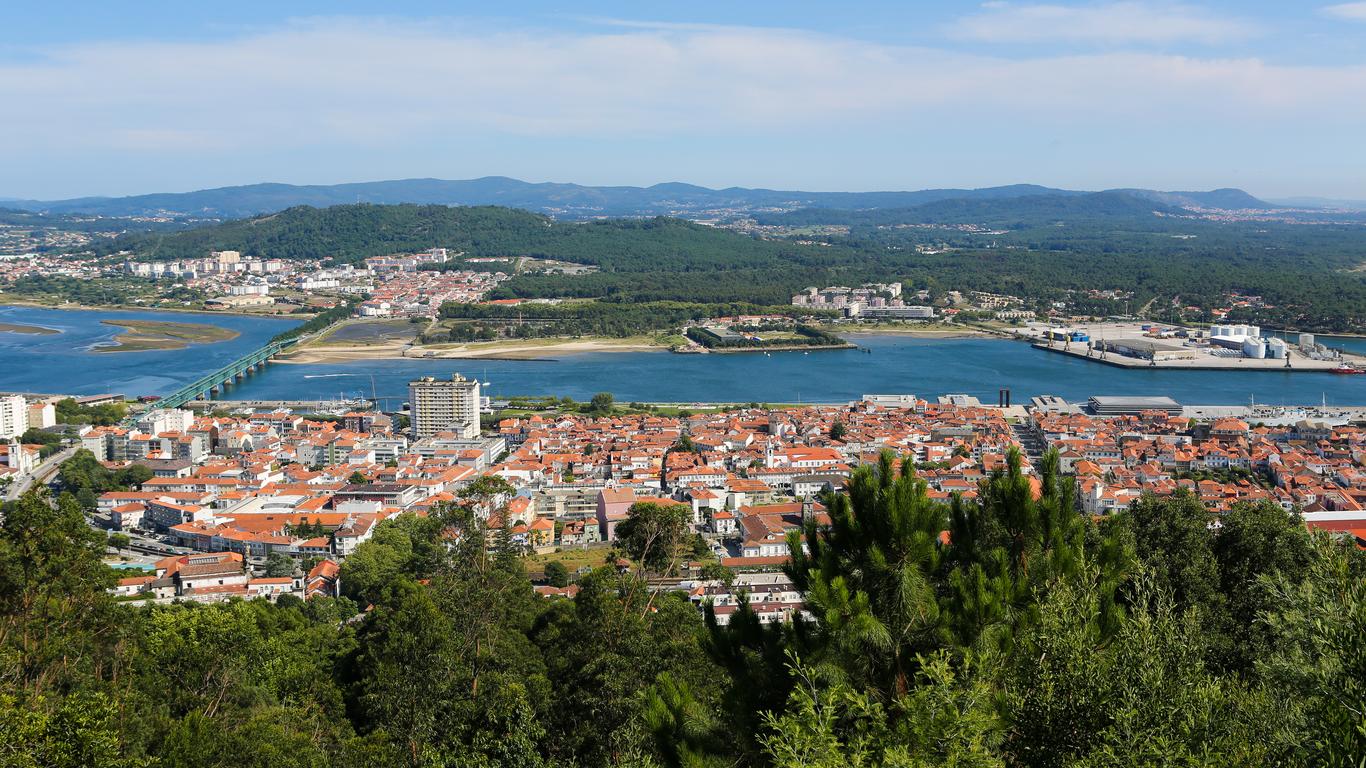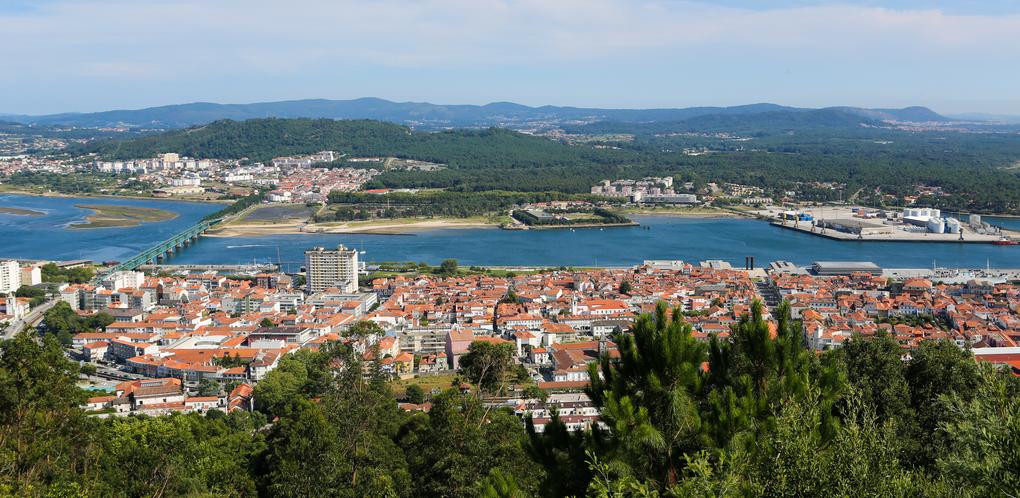1. 360˚ Views Of The City
Situated on the banks of the Lima river, the Castelo de São Tiago da Barra dates back to the 13th century when King Afonso III of Portugal erected walls to defend the city of Viana. In the 15th century a tower was built, followed by the fortress. Expanded by Italian architect Filippo Terzi, the castle was completed in 1596 with the help of the townspeople, who carried stones to the site. The pentagonal stronghold, which currently houses an auditorium where cultural events and exhibitions are held, is revered for its panoramic views of the city.
2. Sacred Mountaintop Sanctuary
Sitting atop the Santa Luzia mountain, the Templo do Sagrado Coração de Jesus Sanctuary was built between 1904 and 1959 by architect António Adelino de Magalhães Moutinho in honor of the region's patron saint. The granite shrine is said to be inspired by the Sacré Cœur Basilica in Paris. The temple, which also houses the Núcleo Museológico do Templo-Monumento de Santa Luzia, can be reached by the Funicular de Santa Luzia, a cable railway. The museum showcases carvings, illustrations, tiles and paintings. The site also includes an amphitheater and a panoramic restaurant.
3. Let's Meet In The Middle
In the heart of the old city, the Praça da República is a central square that can be accessed by seven different passageways. The square revolves around the Chafariz, a Renaissance fountain erected in 1554, and holds the Antigos Paços do Concelho, a 16th century town hall that currently hosts contemporary art exhibitions, and the Edifício da Misericórdia e Igreja, a Rennaisance structure inspired by the Italian and Flemish architecture of the era. The interior of the church displays carvings by Ambrósio Coelho, painted tiles by Policarpo de Oliveira Bernardes, and frescoes by Manuel Gomes.
4. All Things Chocolate
Featuring a hotel, a restaurant and a museum, the Fábrica do Chocolate is a must-visit for chocolate lovers. Focusing on the origins and history of chocolate, the museum explores the science of chocolate-making, as well as the modern technology developed for its sustainable production. The hotel, which has 18 rooms that represent a variety of chocolate brands and classic stories such as Charlie and the Chocolate Factory and Hansel and Gretel, also offers chocolate-inspired spa treatments and an endless array of chocolate treats and cocoa-based toiletries.
5. Viana's Artistic Past
Housed in an 18th century palace, the Museu de Arte e Arqueologia showcases a stunning collection of 17th and 18th century ceramics, most notably blue Portuguese porcelain, as well as furniture. Consisting of two buildings joined by a courtyard, the museum, designed by Manuel Fernandes da Silva, has two floors. The first focuses on archeology, including pre-Roman stone shields, bronze artifacts and ceramics. The second floor displays 16th to 19th century paintings and decorative tiles, which represent mythological and hunting scenes.


